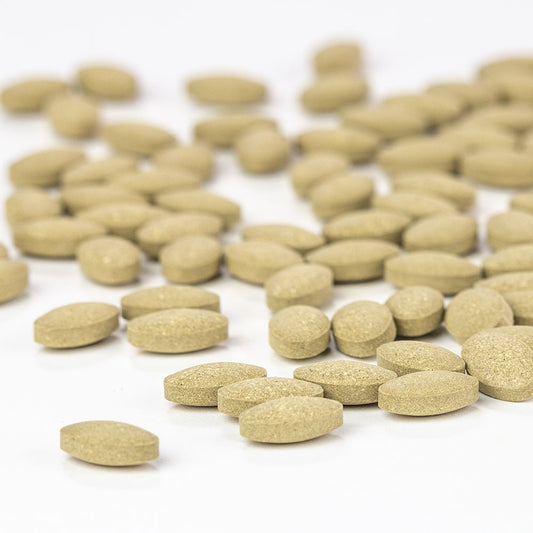In recent years, conversations about the benefits of meditation, and the different types of meditation practices, have been growing. Look at any magazine and you will find articles on meditation, not only in wellness journals, but mainstream periodicals as well. Books, playlists, and podcasts are available, and the count is in the millions! And there are plenty of apps for your phone. On YouTube alone, there are 17,300,000 results for meditation. Seriously, I just checked. The business of meditation is huge. As more scientific research confirms stress as the root of many illnesses, this phenomenon is not going away. We are desperate for peace of mind, and finding calm through meditation can be key.
Commit to Your Practice
As we climb to the seventh limb of Patanjali's Yoga Sutras, we come to meditation, and ultimately dhyana, the state of total awareness. Over the years I have had many students, clients, and even myself, hit road blocks to meditation. Meditating can be hard, and never finding time in the day and struggling to maintain a consistent practice are common hindrances. If we have applied the previous six limbs to our lives in earnest, with a sense of dedication and devotion, then meditation will be a natural progression. This is a really important point; we need to have the foundation in place to have a successful meditation practice.
I don't think there is quantified scientific evidence about “warm and fuzzy,” but this has been my personal experience. However, I only found this state of mind after the practice became a non-negotiable part of my daily life. This wasn't always the case. I struggled, became frustrated, and had unsuccessful periods. Yet despite it all, I forced myself to sit until it became something pleasant. I now look forward to my time on the meditation cushion, but it took effort and practice to get here.
Rely on Your Daily Routine
Patanjali speaks of the principles of practice and non-attachment. These two ideals are the core to the practice of
My biggest challenge has been consistency, and I don't seem to be alone in the struggle to create an everyday ritual. How hard can it really be to sit and do nothing? We expect to move easily into finding stillness of the mind. However, if we approach a meditation practice without having laid the foundation of the previous six limbs, we will most likely become distracted, discouraged, and finally give up.
Creating, and sticking to, a consistent daily routine can be a game changer. The Ayurvedic Profile™ quizis a great resource for helping you discover the type of daily routine that will fit your unique constitution and current state of balance. Slipping a 10-minute meditation into your day may be easier than you think. If you're interested in learning more about customizing your own
Discovering the Flow of Meditation
The second verse in the third book of the sutras defines meditation as “the continuous flow on a single thought.” The word “flow” is a common theme in many translations of the
This makes me think of the Ayurvedic treatment called
However, the one receiving the treatment will have a completely different experience if the oil begins to sputter or the stream turns into drops. Like meditation, if the flow is disrupted it will have a less then pleasant effect. When we are developing our dharana(focused attention) practice, there may be a starting and stopping of “oil” or even some occasional drips. Once the
In this state, we find ourselves experiencing peacefulness and bliss. The ego self falls away and our intuition begins to flow. Driven by creativity, we find the desire to tap into dhyana—absolute truth. Guided by the map Patanjali has given us, we have reached this point to manage our vital life energy. We have become













